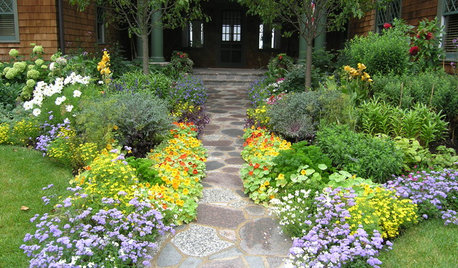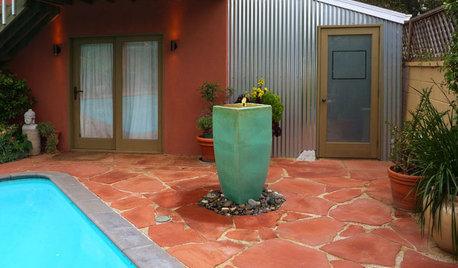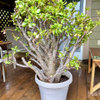Please help ID this Euphorbia (?)
Jeffrey Schneider
16 years ago
Related Stories

SUMMER GARDENINGHouzz Call: Please Show Us Your Summer Garden!
Share pictures of your home and yard this summer — we’d love to feature them in an upcoming story
Full Story
GARDENING GUIDESPathway Plantings That Please the Senses
Add some color, life and intrigue beside your sidewalk with these 7 suggestions
Full Story
HOME OFFICESQuiet, Please! How to Cut Noise Pollution at Home
Leaf blowers, trucks or noisy neighbors driving you berserk? These sound-reduction strategies can help you hush things up
Full Story
GARDENING GUIDESGreat Design Plant: Silphium Perfoliatum Pleases Wildlife
Cup plant provides structure, cover, food and water to help attract and sustain wildlife in the eastern North American garden
Full Story
HOUSEPLANTSMother-in-Law's Tongue: Surprisingly Easy to Please
This low-maintenance, high-impact houseplant fits in with any design and can clear the air, too
Full Story
BATHROOM DESIGNUpload of the Day: A Mini Fridge in the Master Bathroom? Yes, Please!
Talk about convenience. Better yet, get it yourself after being inspired by this Texas bath
Full Story
GARDENING GUIDESGreat Design Plant: Snowberry Pleases Year-Round
Bright spring foliage, pretty summer flowers, white berries in winter ... Symphoricarpos albus is a sight to behold in every season
Full Story
DECORATING GUIDESPlease Touch: Texture Makes Rooms Spring to Life
Great design stimulates all the senses, including touch. Check out these great uses of texture, then let your fingers do the walking
Full Story
BEFORE AND AFTERSMore Room, Please: 5 Spectacularly Converted Garages
Design — and the desire for more space — turns humble garages into gracious living rooms
Full Story









rigo74
reiver
Related Professionals
Ballwin Landscape Architects & Landscape Designers · Saint Matthews Landscape Architects & Landscape Designers · Norwood Landscape Contractors · Bellefontaine Neighbors Landscape Contractors · Round Lake Landscape Contractors · Welby Landscape Contractors · Fairview General Contractors · St. Johns Carpenters · Summerlin Carpenters · Saddle Brook Carpenters · Fort Worth Decks, Patios & Outdoor Enclosures · Glasgow Decks, Patios & Outdoor Enclosures · Grafton Decks, Patios & Outdoor Enclosures · Livingston Decks, Patios & Outdoor Enclosures · Wentzville Decks, Patios & Outdoor Enclosurespirate_girl
Jeffrey SchneiderOriginal Author
pirate_girl
rigo74
Jeffrey SchneiderOriginal Author
sambal
Jeffrey SchneiderOriginal Author
dufflebag2002
pirate_girl
dufflebag2002
pirate_girl
Gwaeraurond_yahoo_com
joscience